I told everyone “Don’t Believe the Hype” after Monday’s market and this thinking may be coming to fruition. I don’t want to jump the gun on any predictions but that blog post stirred up more interest than any post I have ever written.
Today’s IBD “Big Picture” Section reads:
“Credit Crunch Fuels Sell-Off, Casts Doubt On Rally”
They mention that the rally, which was confirmed earlier in the week, is now skating on thin ice and is under pressure. To me, the follow-through was already on thin ice based on Monday’s NH-NL ratio; it has now cracked and may be falling through.
Anyway, enough of the shots at IBD because I still view it as one of the best stock market papers on the newsstand.
The NH-NL ratio currently sits at 168-524 or a negative 51.43% for the week (a stronger reading than the past two weeks).
Here is a look at the past three weeks:
07/28/07: 142-572, -60.34%
08/04/07: 85-529, -72.43%
08/11/07: 168-524, -51.43% (not including Friday)
For the complete list, please see this post: NH-NL Ratio.
What a difference a day makes for Headlines (The Media are Sheep):
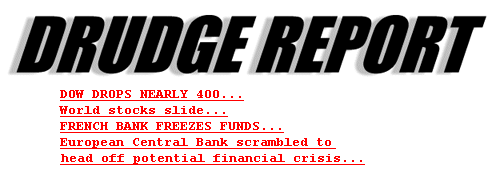
Looking at the action on the NASDAQ and DOW, we can see how the indices are struggling to recover the 50-day moving average while bouncing above the 200-day moving average.
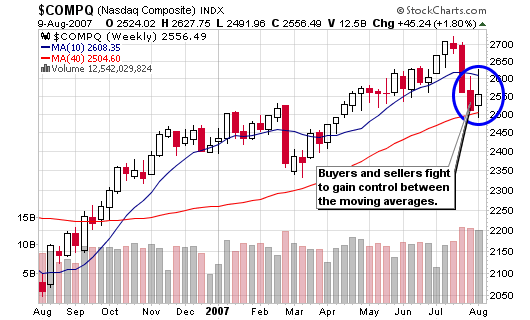
This type of action is clearly an indicator of buyers and sellers struggling to gain the upper hand. I won’t be the one to predict which group will win but I can tell you that I currently hold two long positions and one short position heading into tomorrow. So I guess I am playing both sides of the fence. I like my short heading into morning trading.
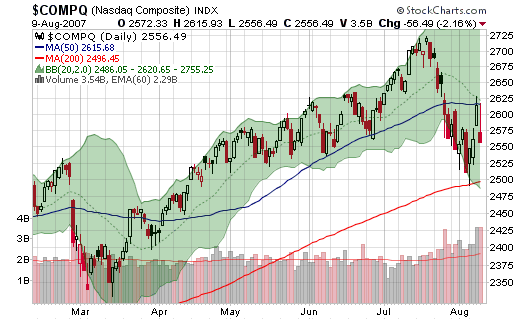
Either way, continue to monitor the recent market leaders and take the trades based on the setups and try not to form an opinion of where you THINK the market is headed. Just follow the market in the direction it wants to take. Sounds simple enough, now execute!
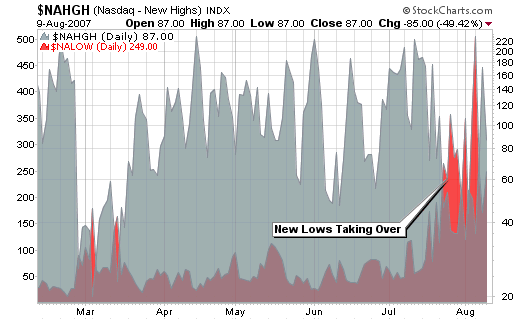
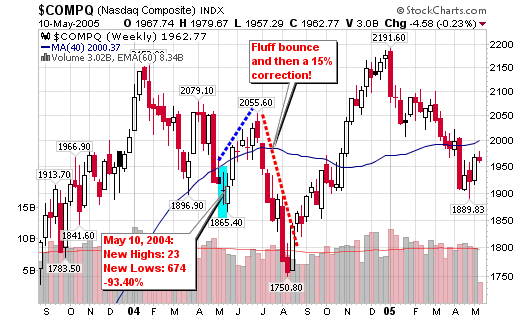
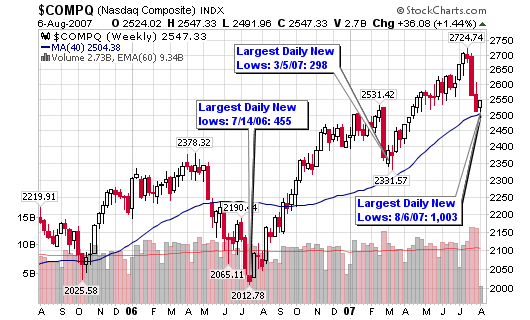
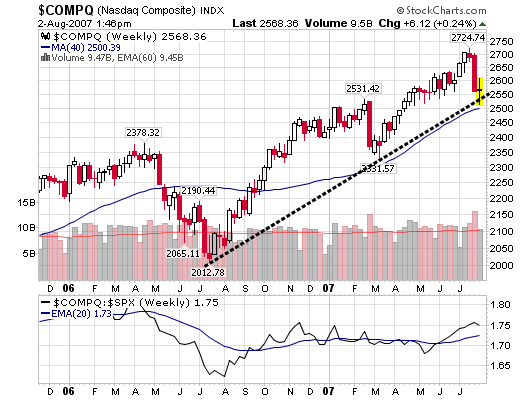
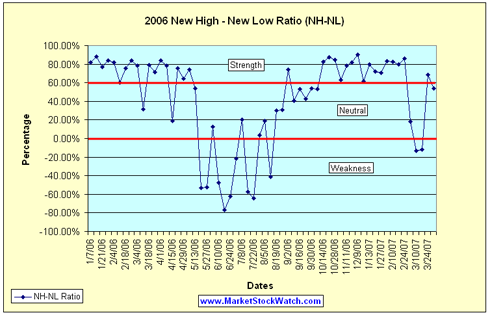
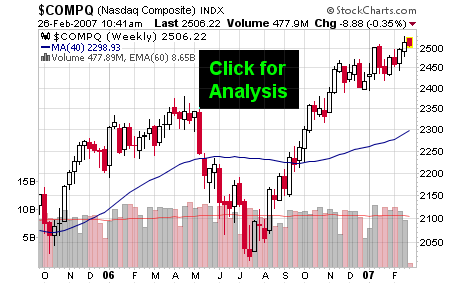

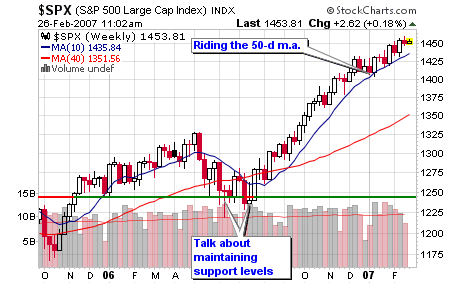
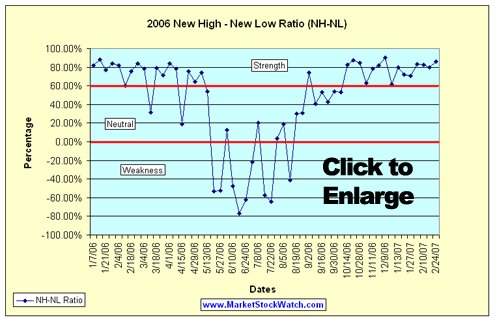

Connect with Me